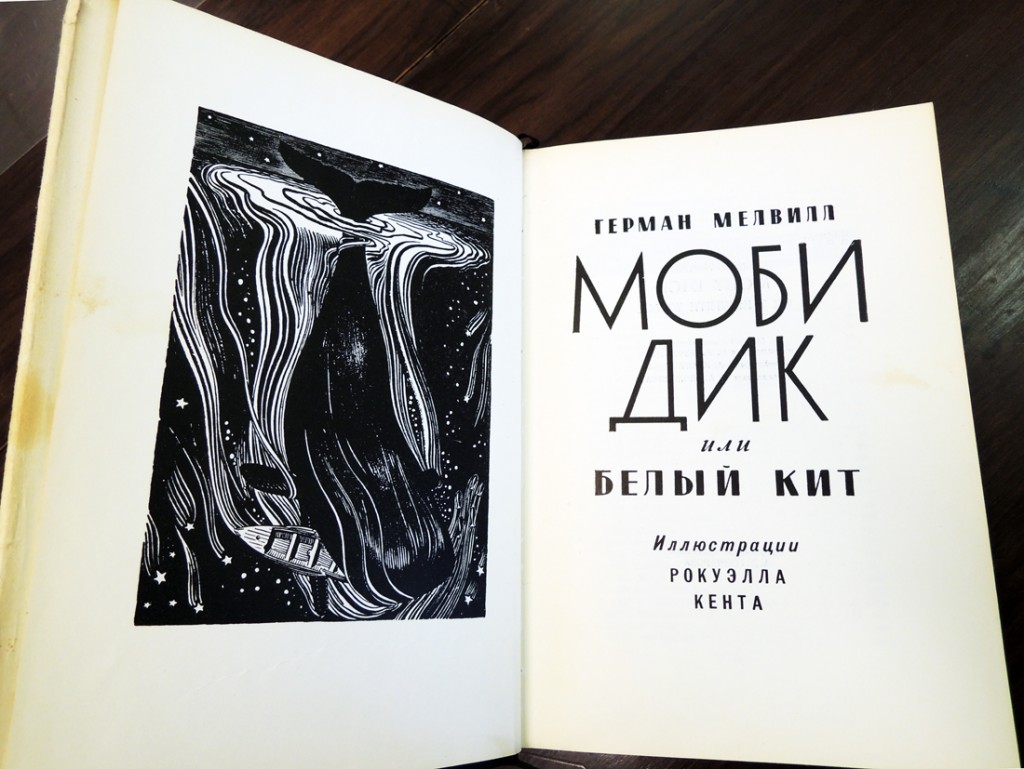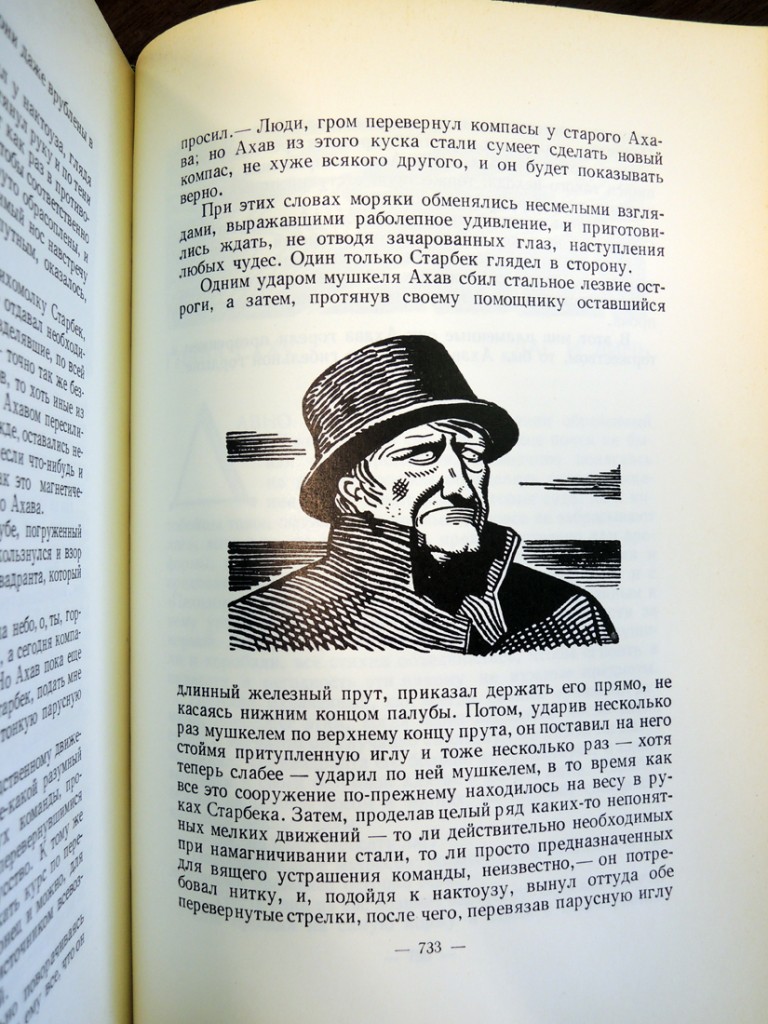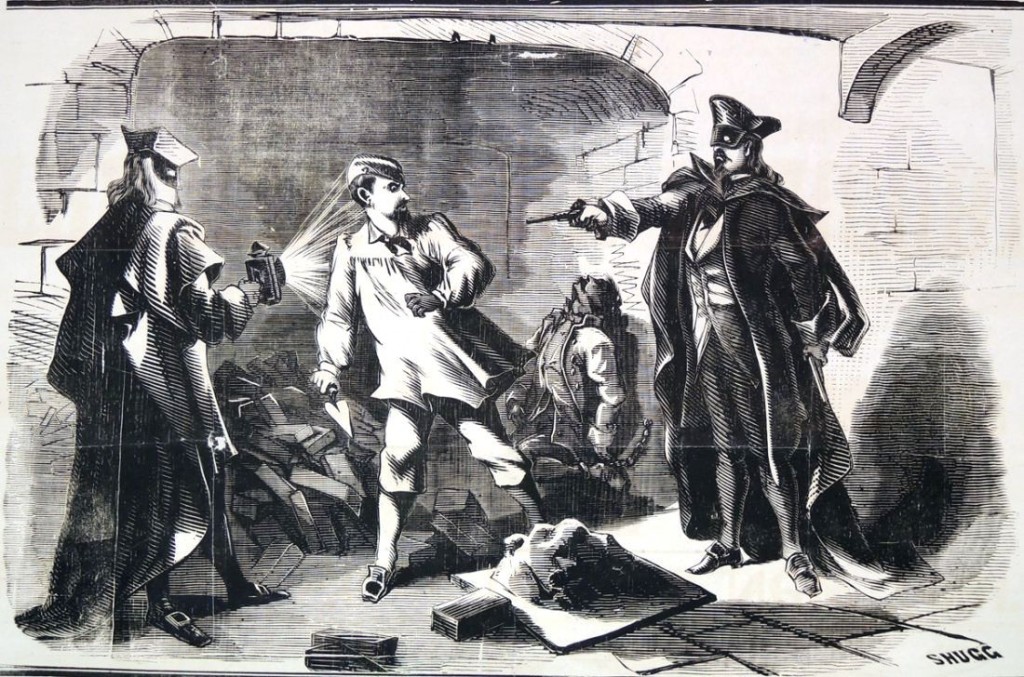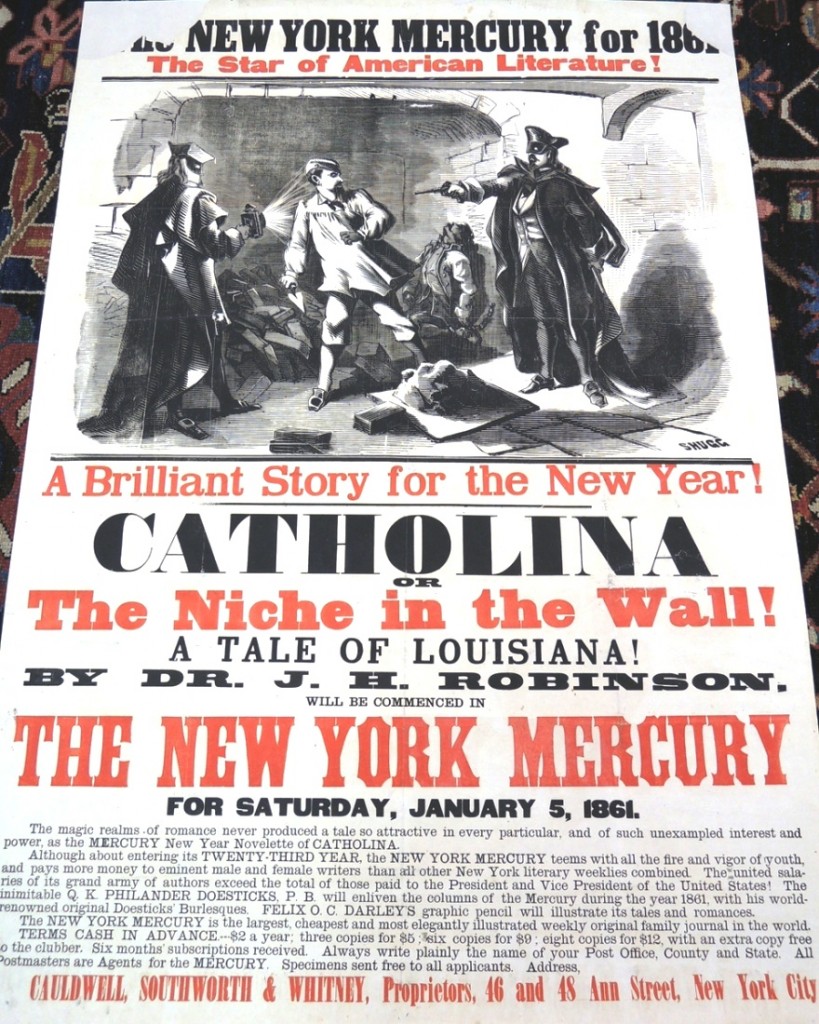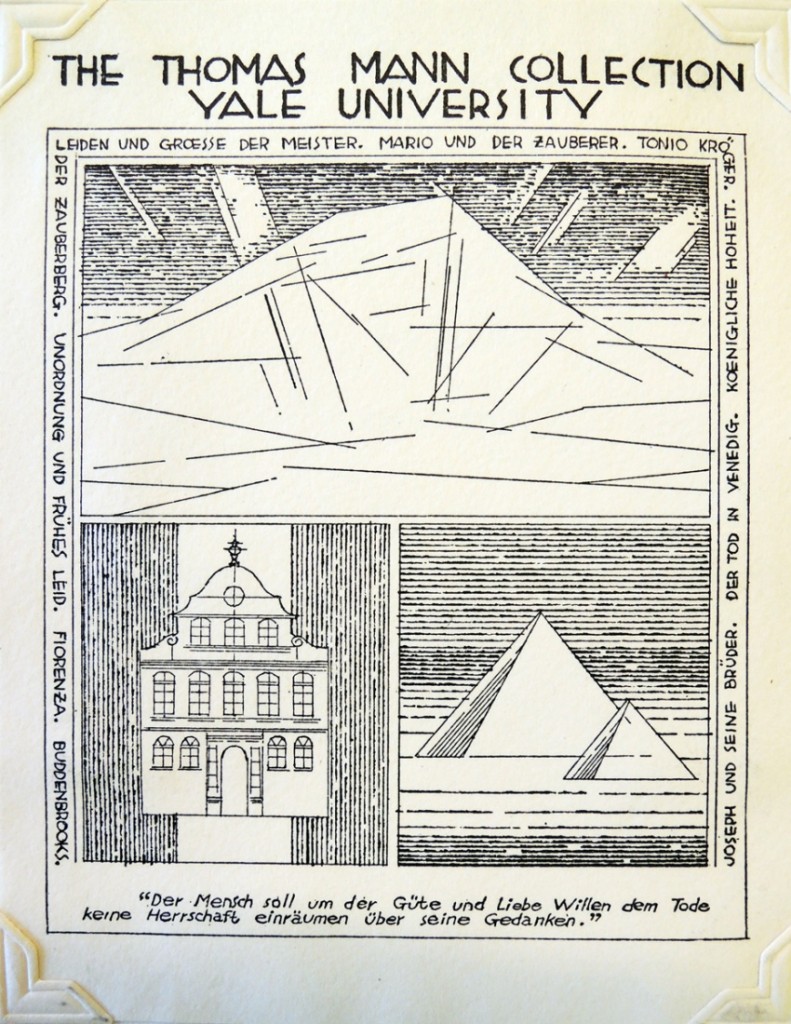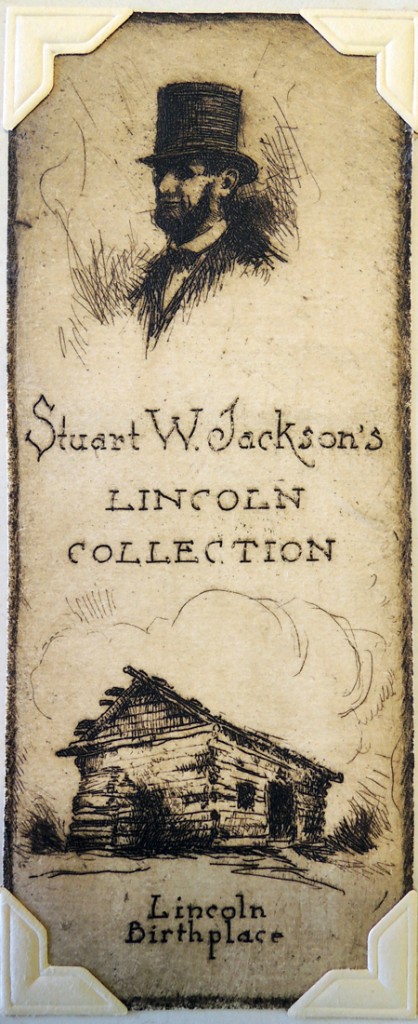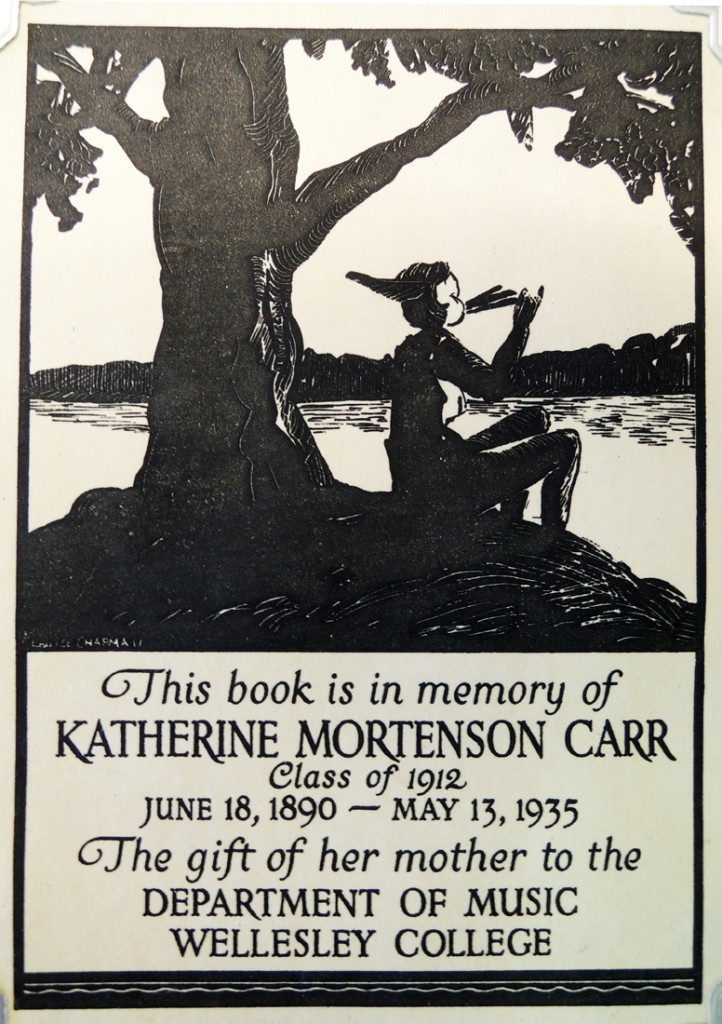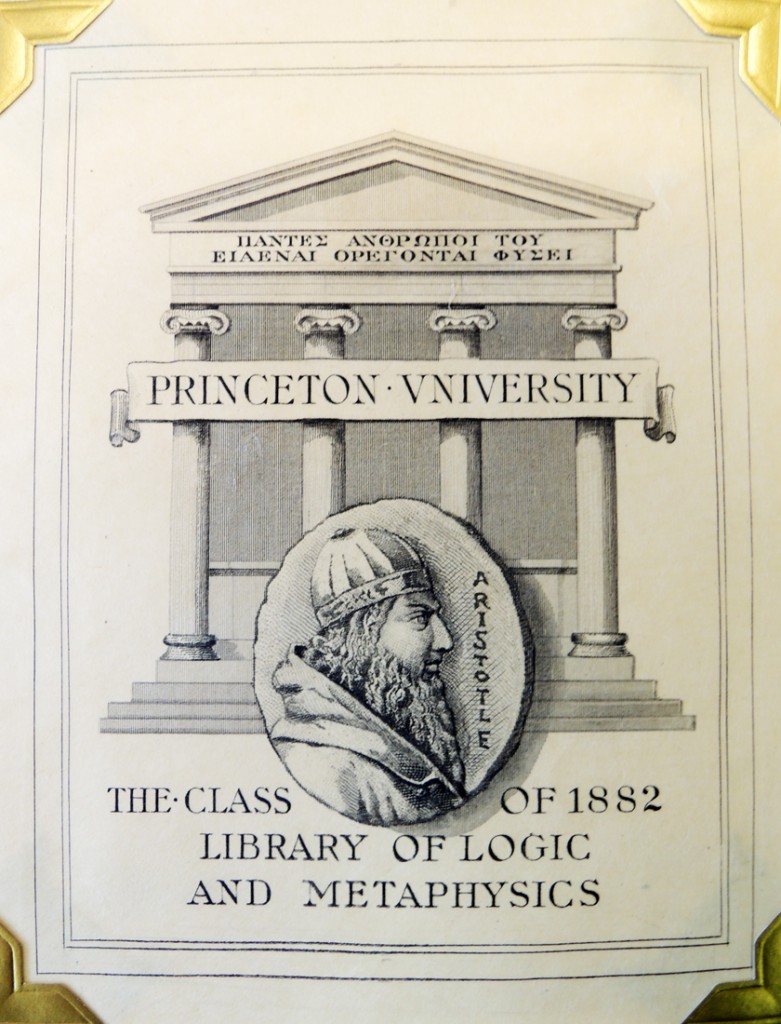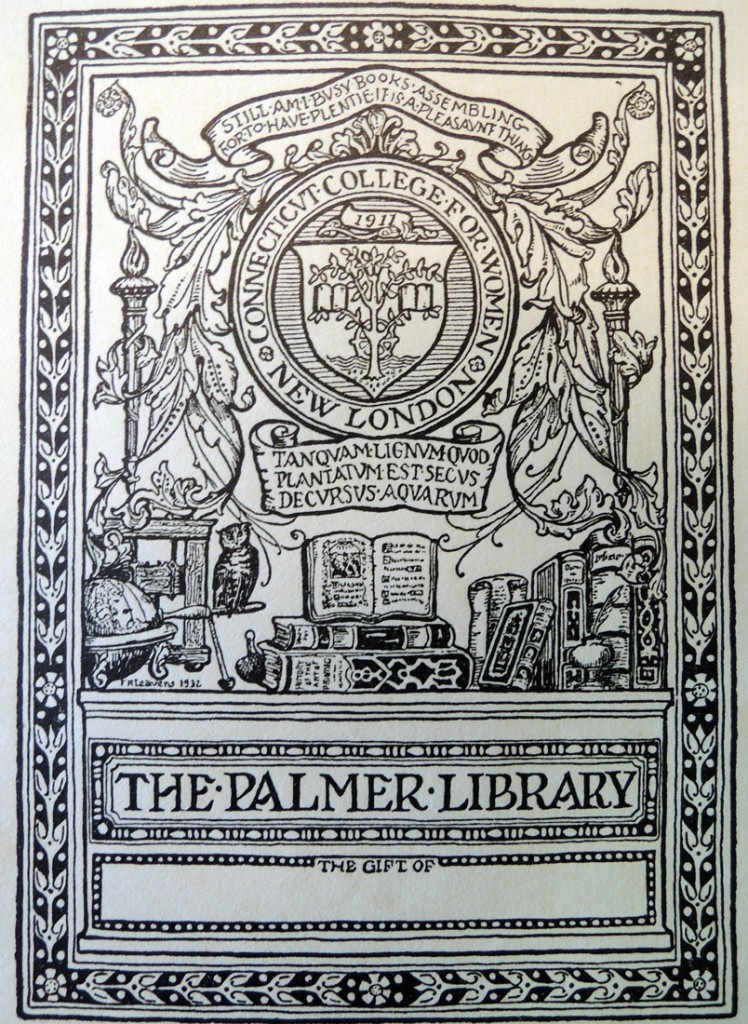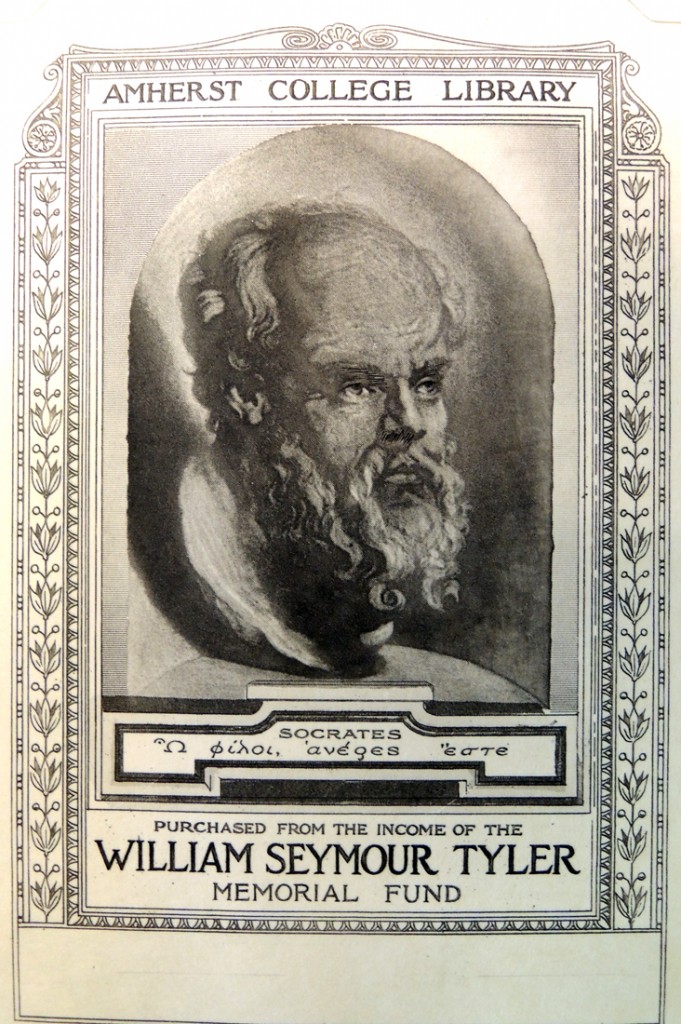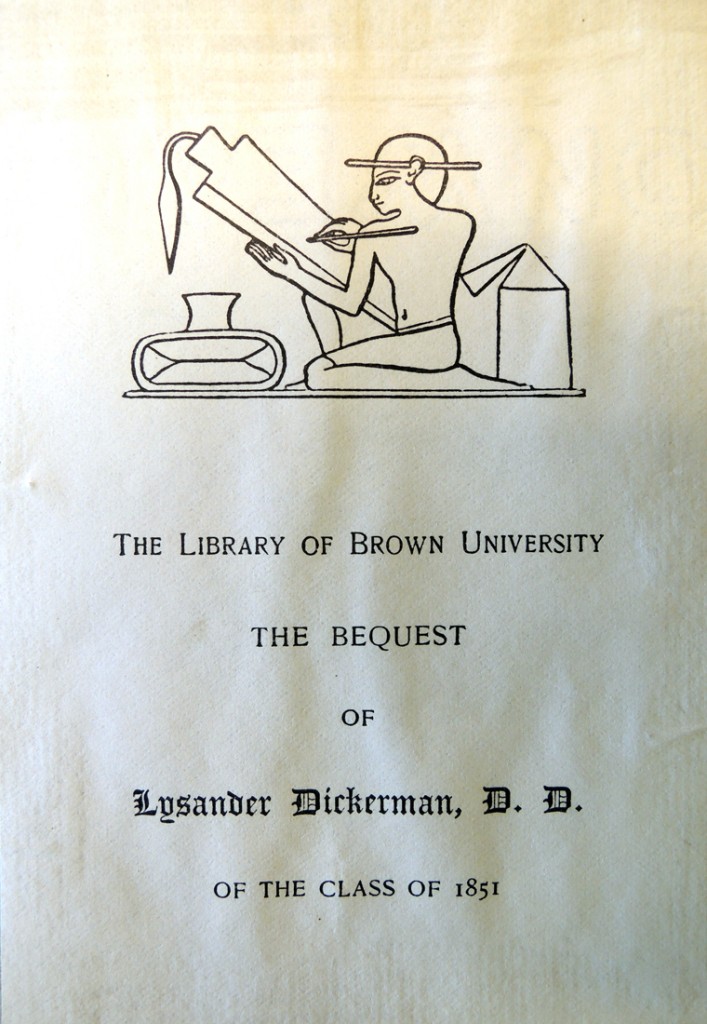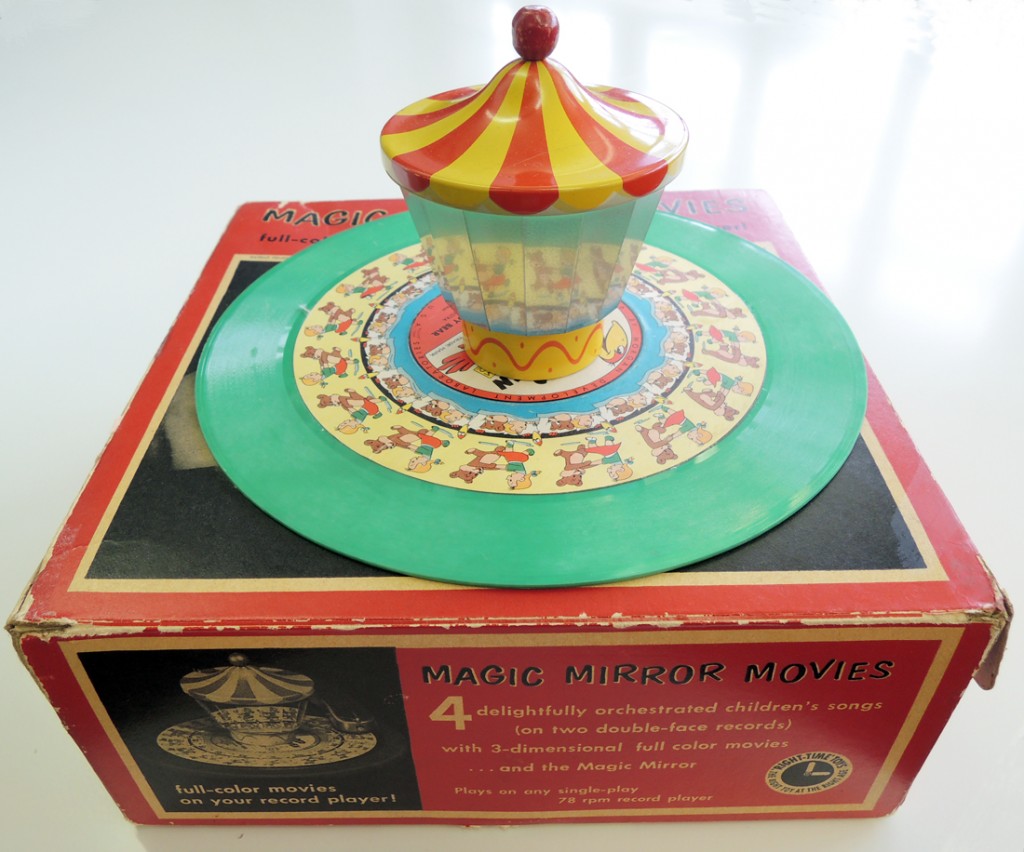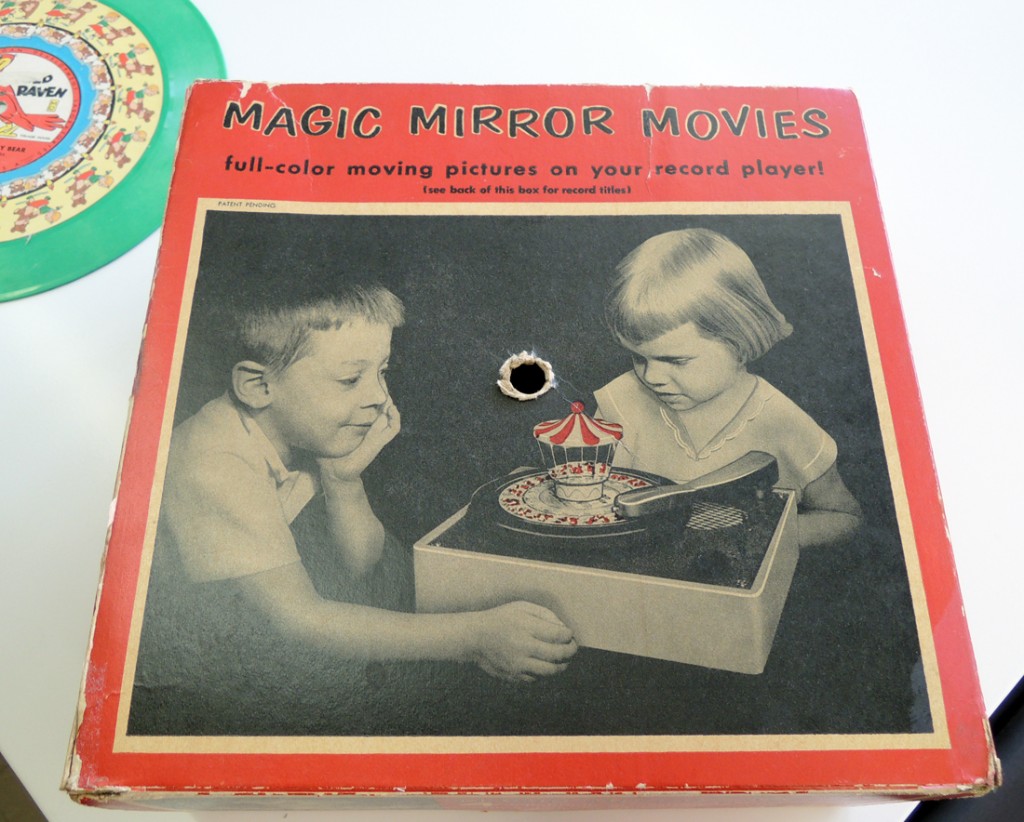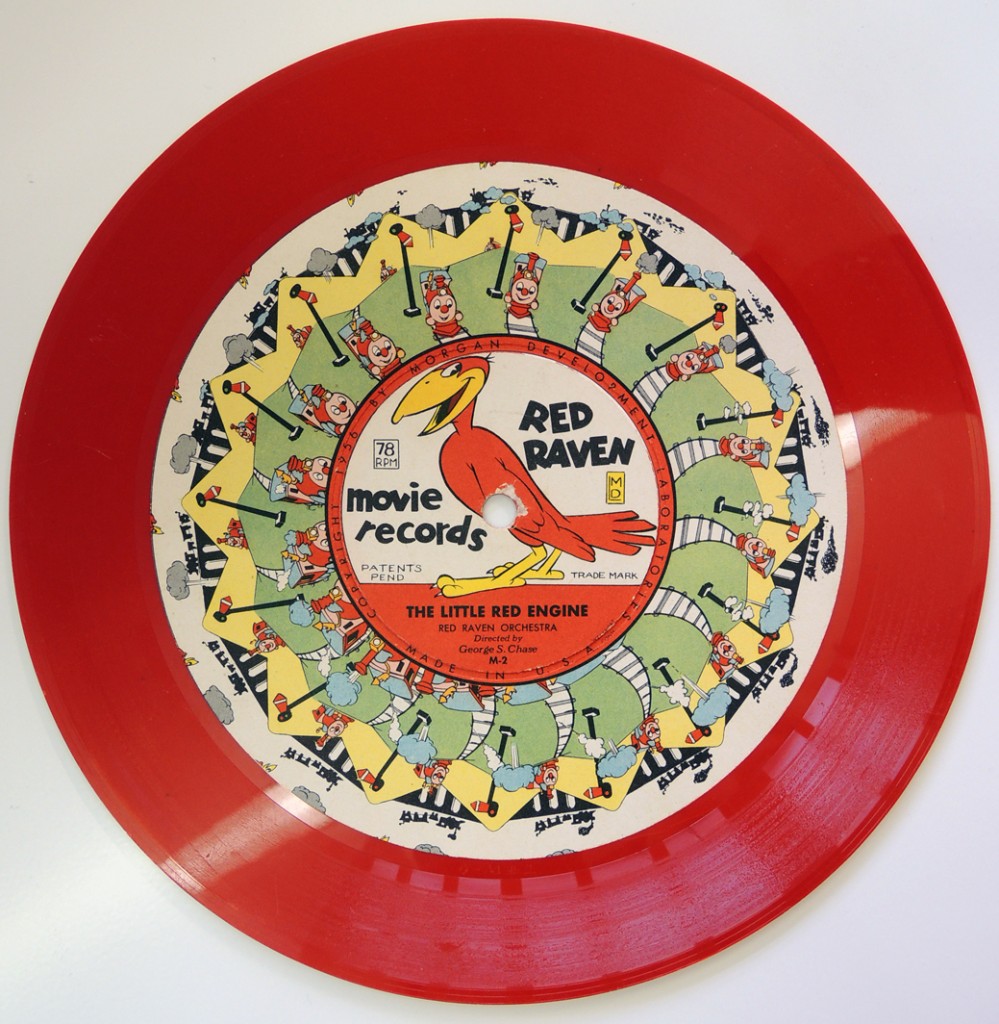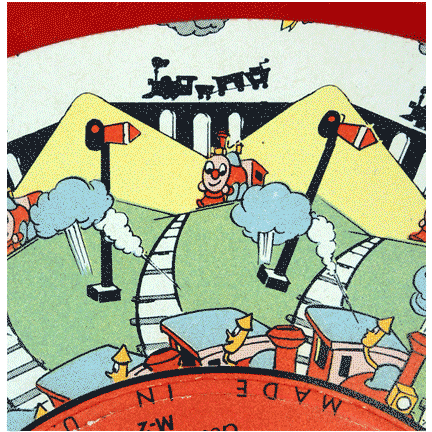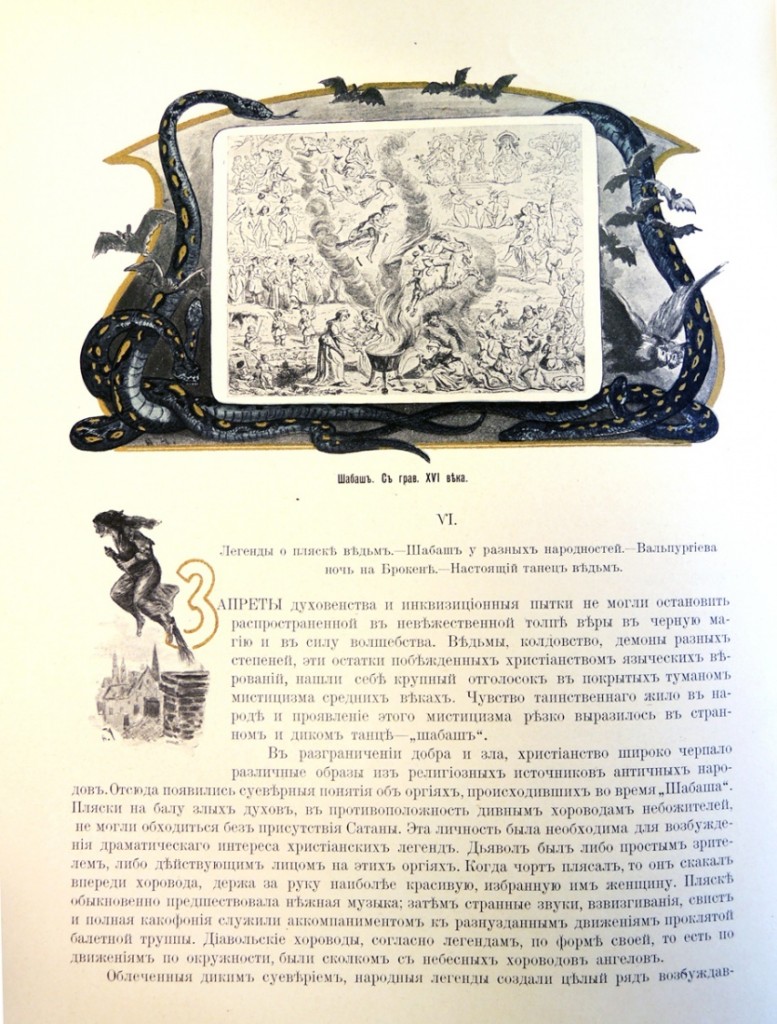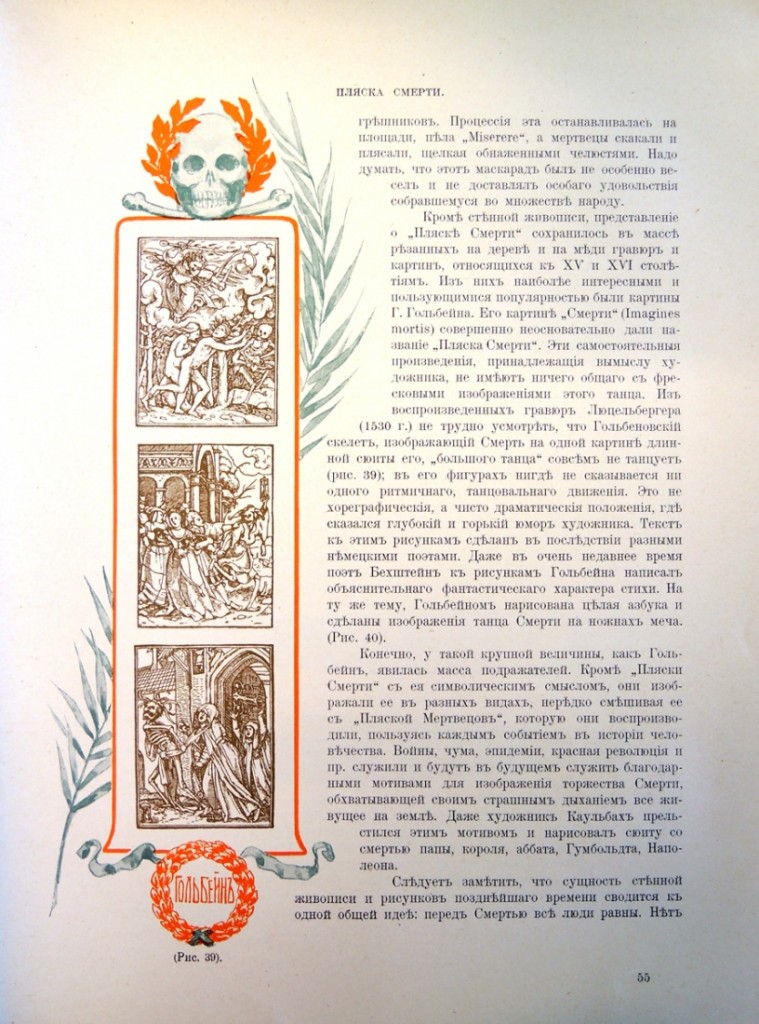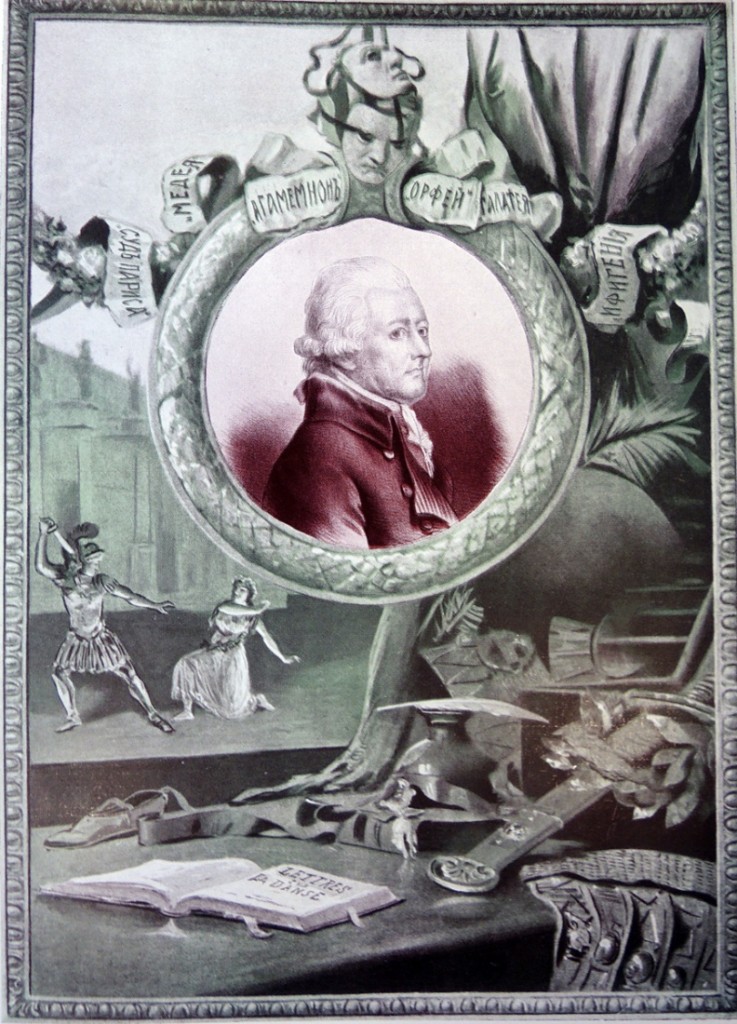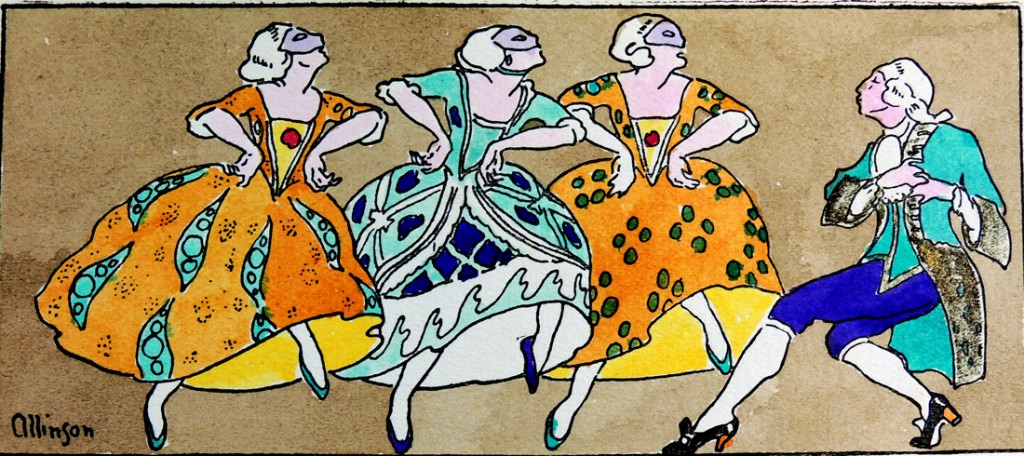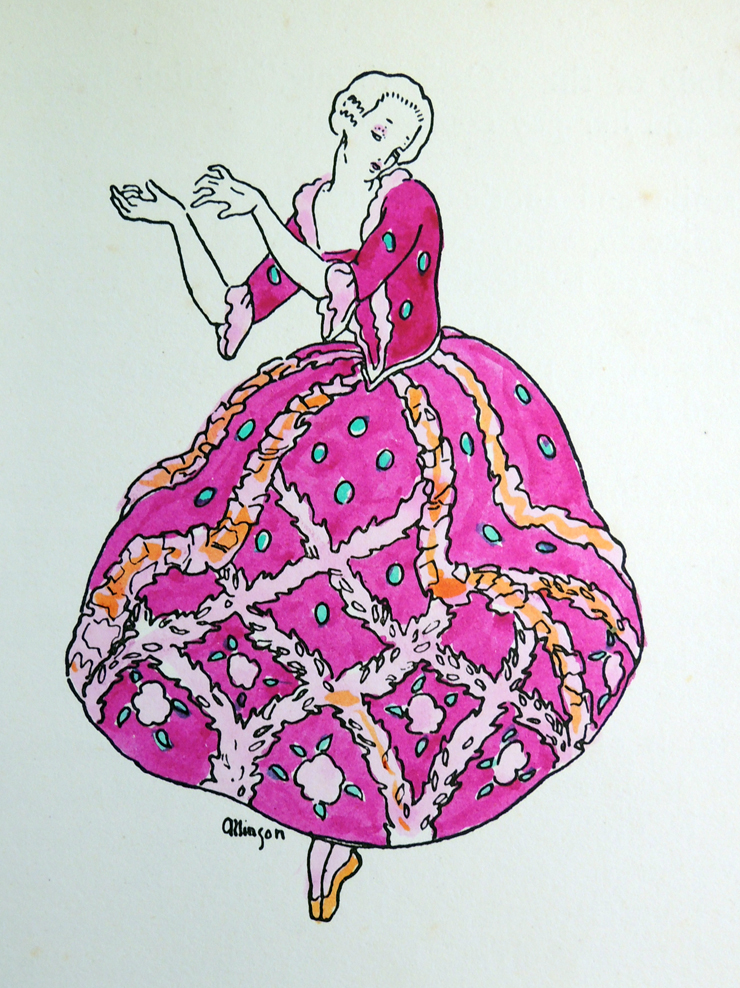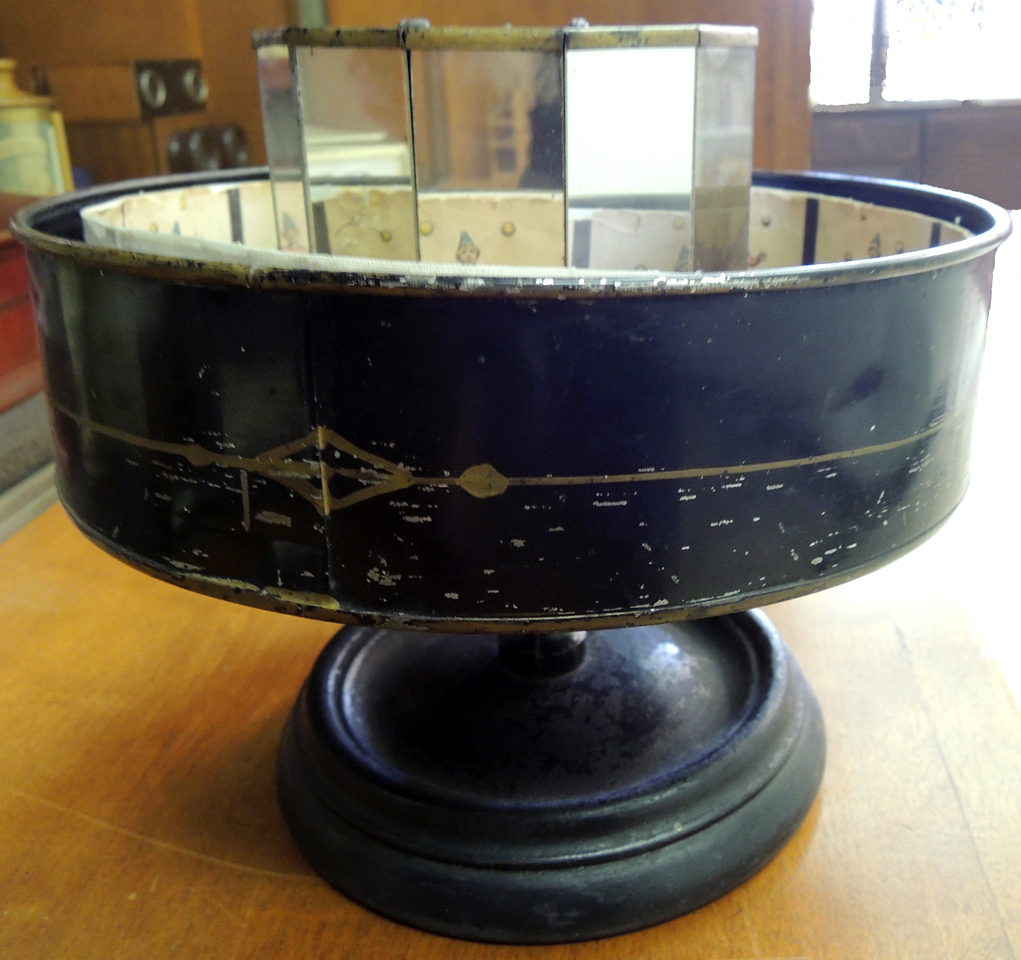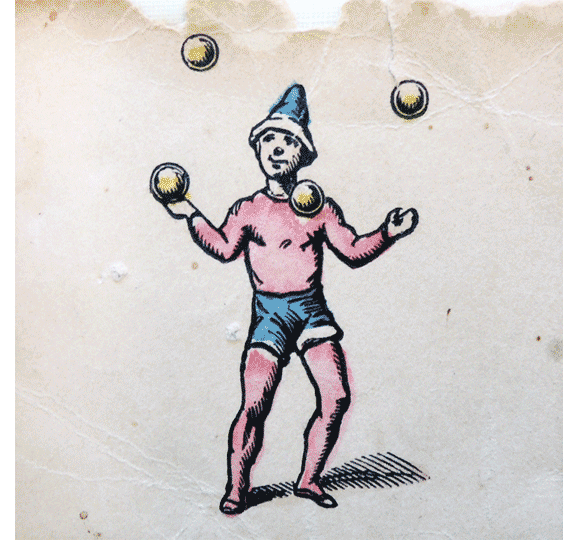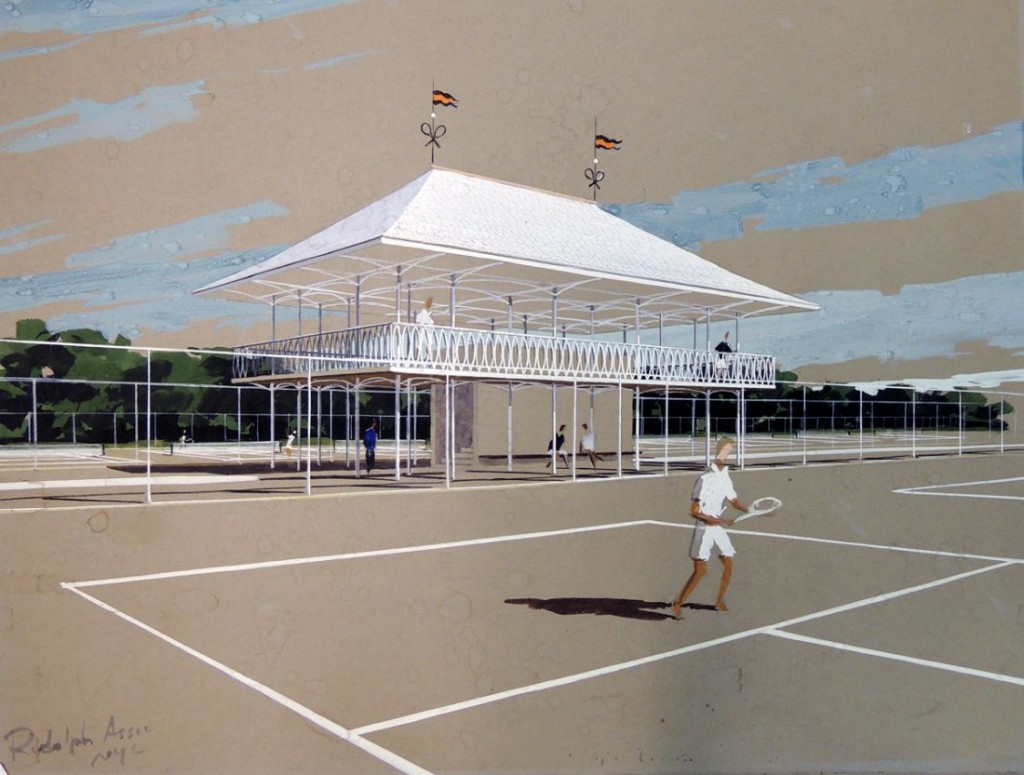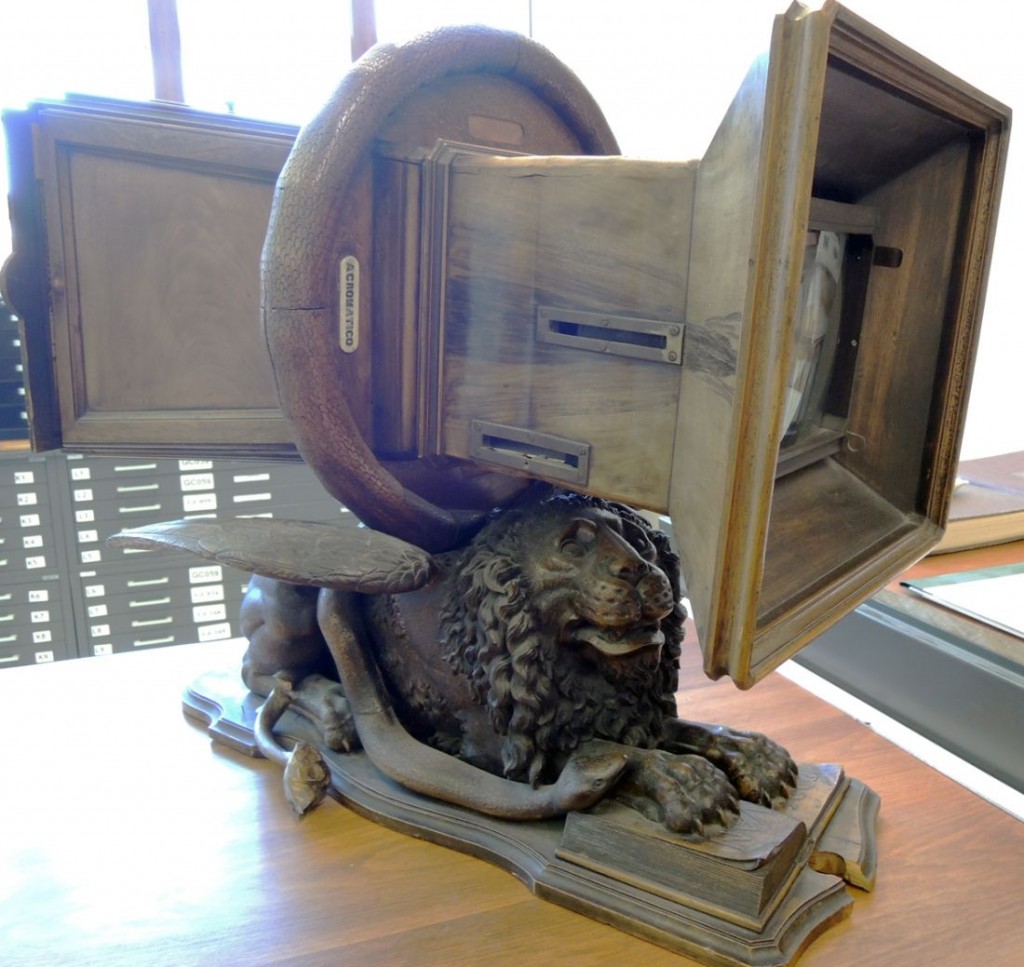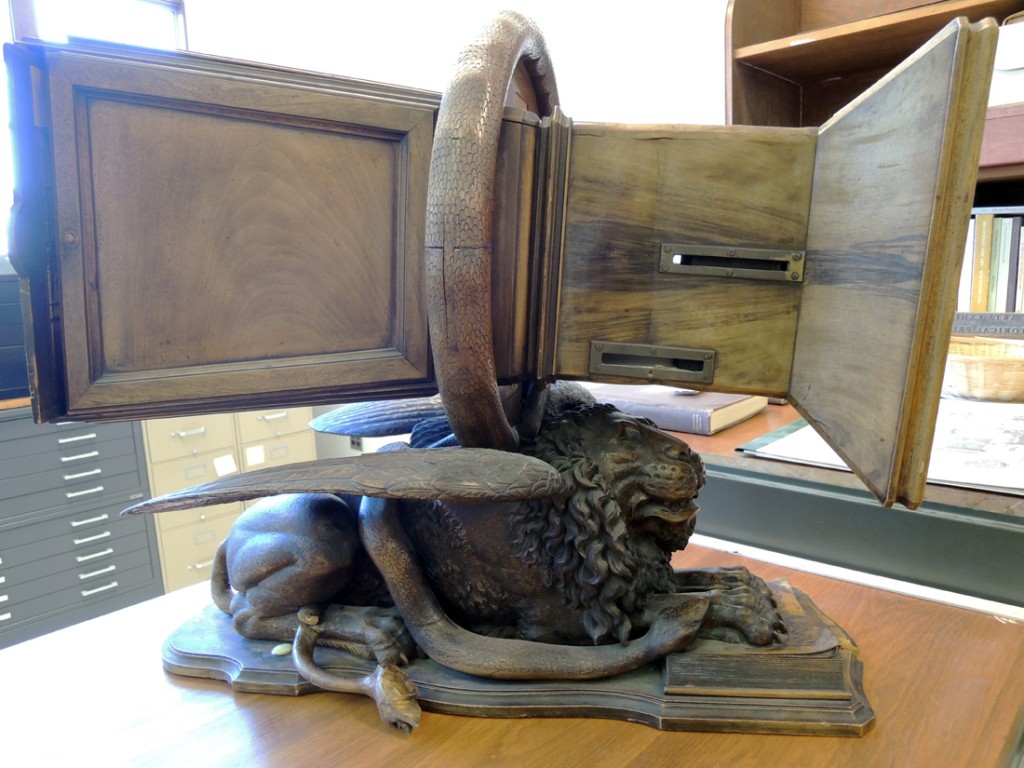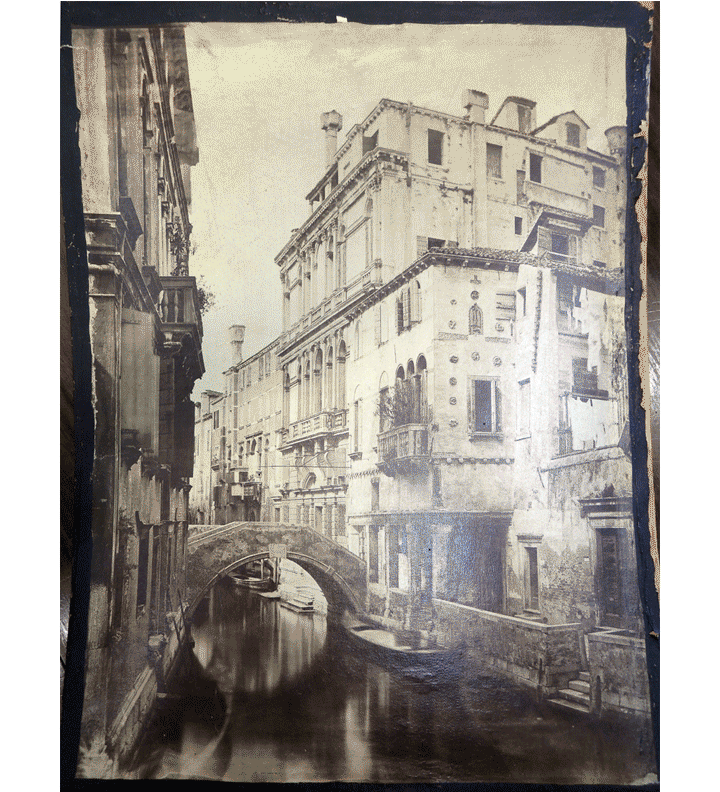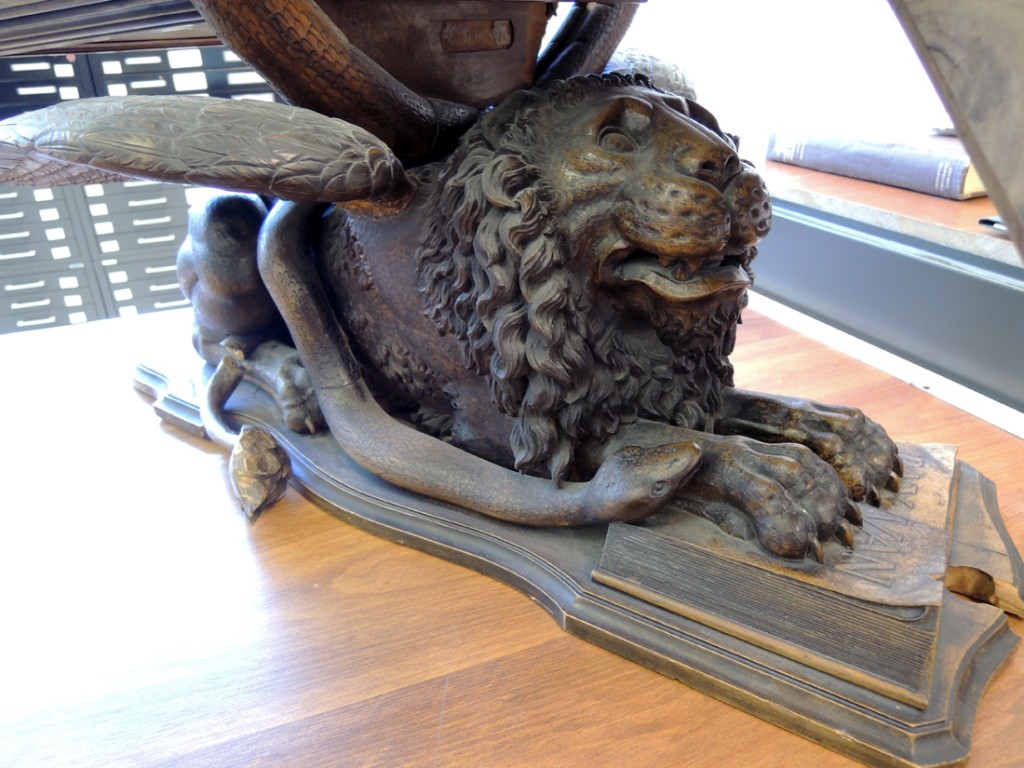Deadline for entries: Monday, December 2, 2013
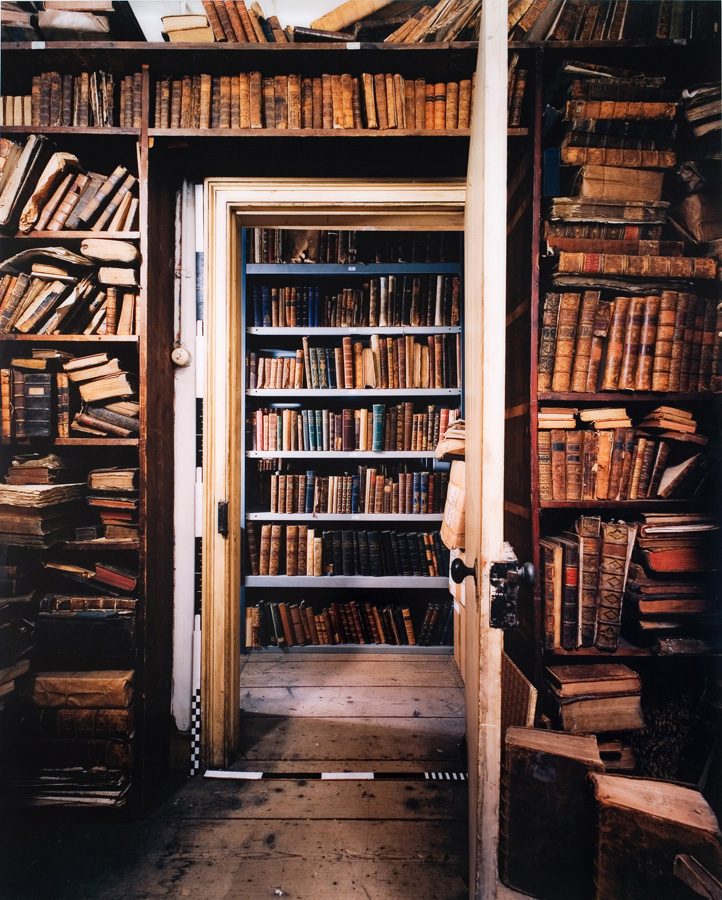
(c) Jane and Louise Wilson, Oddments Room II (Voyages of the Adventure and Beagle), 2008. C-print, Edition of 4. Courtesy 303 Gallery, New York
The Elmer Adler Undergraduate Book Collecting Prize is endowed from the estate of Elmer Adler, who for many years encouraged the collecting of books by Princeton undergraduates.
It is awarded annually to the undergraduate student or students who, in the opinion of the judges, have shown the most thought and ingenuity in assembling a thematically coherent collection of books, manuscripts, or other material normally collected by libraries. The rarity or monetary value of the student’s collection are not as important as the creativity and persistence shown in collecting and the fidelity of the collection to the goals described in a personal essay.
The personal essay is about a collection owned by the student. It should describe the thematic or artifactual nature of the collection and discuss with some specificity the unifying characteristics that have prompted the student to think of certain items as a collection. It should also convey a strong sense of the student’s motivations for collecting and what their particular collection means to them personally. The history of the collection, including collecting goals, acquisition methods, and milestones are of particular interest, as is a critical look at how the goals may have evolved over time and an outlook on the future development of the collection. Essays are judged in equal measures on the strength of the collection and the strength of the writing.
Essays should be submitted via e-mail, in a Microsoft Word attachment, to Regine:
heberlei@princeton.edu by Monday, December 2, 2013 and should be between 9-10 pages long, 12pt, double-spaced, with a 1-inch margin. In addition to the ten-page essay, each entry should include a selected bibliography of no more than 3 pages detailing the items in the collection. A separate cover sheet should include your name, class year, residential address, email address, and phone number. Please note that essays submitted in file formats other than Microsoft Word, submitted without cover sheet, or submitted without a bibliography will not be forwarded to the judges.
Winners will receive their prizes at the annual winter dinner of the Friends of the Princeton University Library, which they are expected to attend. The first-prize essay will be published in a forthcoming issue of the Princeton University Library Chronicle. In addition, the first-prize essay has the honor of representing Princeton University in the National Collegiate Book Collecting Contest organized by the Antiquarian Booksellers’ Association of America. Please note that per the ABAA’s contest rules, the winning essay will be entered exactly as submitted to the Adler Prize contest, without possibility of revision.
DATE TO REMEMBER
Deadline for entries: December 2, 2013
First prize: $2000
Second prize: $1500
Third prize: $1000
Suggested readings from Paul Needham, Scheide Librarian:
Michael Sadleir, preface to his XIX Century Fiction (1951). Firestone 3579.079
A.N.L. Munby, Essays and Papers (1977). Firestone Z992.M958
John Carter, Taste and Technique in Book Collecting (1970). Firestone 0511.241.2.1970
G. Thomas Tanselle “The Rationale of Collecting,” Studies in Bibliography. Online at http://etext.lib.virginia.edu/bsuva/sb
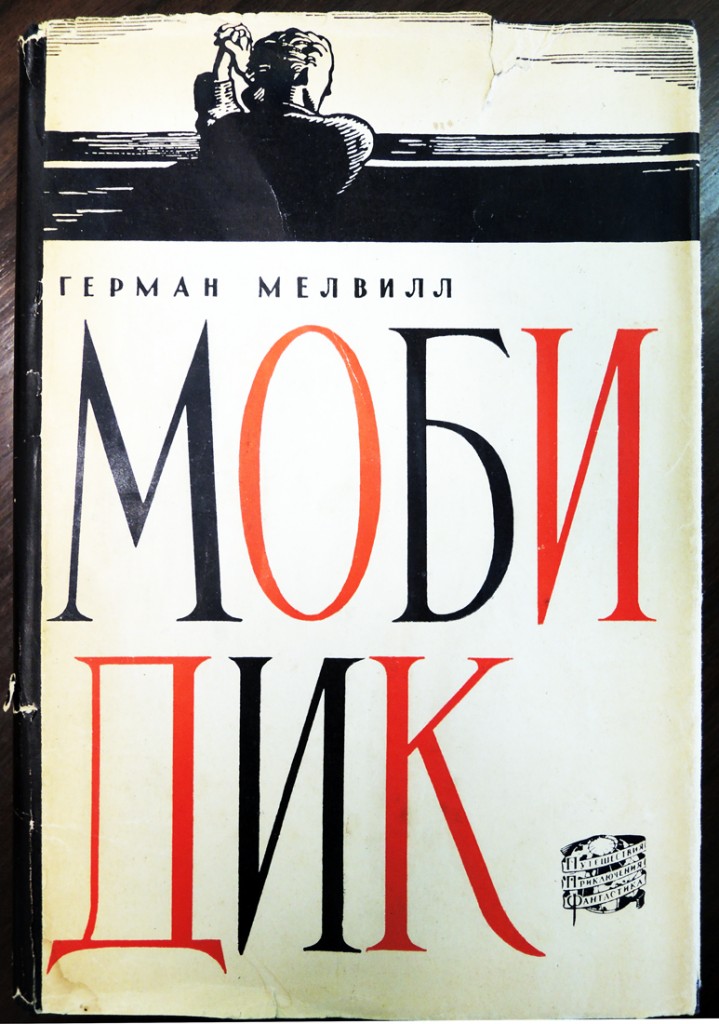 Herman Mellville (1819-1891), Mobi Dik, ili Belyi kit [Moby Dick]. Москва: Gosudarstvennoe Izdatepbstvo Geografickoj Piteratury [Moscow: State Publisher of Geographical Literature], 1961. Graphic Arts Collection 2013- in process
Herman Mellville (1819-1891), Mobi Dik, ili Belyi kit [Moby Dick]. Москва: Gosudarstvennoe Izdatepbstvo Geografickoj Piteratury [Moscow: State Publisher of Geographical Literature], 1961. Graphic Arts Collection 2013- in process In 1930, Rockwell Kent (1882–1971) completed the illustrations for a three-volume set of Melville’s Moby Dick for Lakeside Press. The deluxe edition of 1,000 sold out immediately and Kent’s images became firmly identified with Melville’s story.
In 1930, Rockwell Kent (1882–1971) completed the illustrations for a three-volume set of Melville’s Moby Dick for Lakeside Press. The deluxe edition of 1,000 sold out immediately and Kent’s images became firmly identified with Melville’s story.
